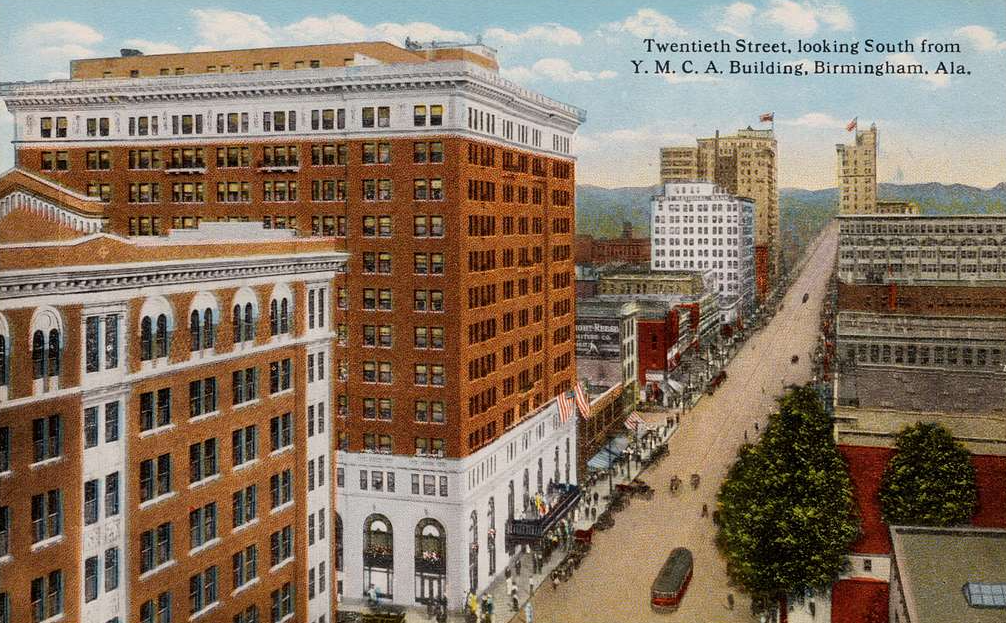“Do we love anything but the beautiful? What, then, is the beautiful? And what is beauty? What is it that attracts and wins us to the things we love? For unless there were in them some grace and beauty, they could by no means draw us unto them.” – Augustine, “Confessions”
In his semi-autobiographical work Confessions, the fifth-century philosopher and theologian Augustine briefly touches on the question of beauty. Is beauty a pleasant aesthetic form created with symmetry and pleasing composition? It cannot be purely physical; the music of Bach or Mozart is beautiful, though you’d have a hard time seeing it.
Though we may lack the ability to perfectly define beauty, we are undoubtedly drawn to it. But, as Augustine asks, why? The golden ratio, symmetry, proportion, and harmony are all recognizable. No one taught you to appreciate those things. Human beings inherently recognize beauty, and not only do we recognize it, we long for it.
I recently saw something that reminded me of beauty’s importance. It was a picture of a street in Birmingham’s Five Points neighborhood as it appears today – a street I have been on several times myself. Above that picture was another depicting the same street in 1911.
The contrast is shocking. One hundred years ago, Highland Ave and 20th Street was beautiful, a lovely tree-lined street populated with artistic homes. The first house on the left is a magnificent Greek revival accented with Ionic columns. It’s difficult to tell what the others are, but they are no doubt just as magnificent.
If you have a soul, today’s 20th Street should turn your stomach. It is a drab, gray, dystopian-looking, joy-sucking nightmare. Even worse, some poor soul spent years in architecture school just to graduate and assault polite society’s sensibilities with the monochrome rectangle you see in the background. For comparison’s sake, consider these pictures of the Tennessee State Prison. Mind you, this was a prison.
Don’t think that hideous architecture such as that currently found on 20th Street doesn’t affect us. Just as aesthetics can uplift, they can also bear down. Look at modern examples of “brutalist” architecture – the name alone says everything you need to know. It’s in no way edifying, and anyone who says they like it is a liar or a miserable person. For all its faults, brutalism does have one thing in common with the Sistine Chapel: making people cry.
America does not have an architectural identity as established as the beautiful ancient cities of Europe. However, that is no excuse for us to tolerate abominable design. It’s time to get the utilitarian, depressive, anarcho-communists off the city planning boards.
Sure, putting stonework, stained glass, and gargoyles on the KFC is impractical. So was putting a man on the moon, but we did it anyway because it was awesome.
Cultivating beautiful architecture is good for the eyes and the soul. If I must languish in America’s 136th-largest city, I’d prefer it to be beautiful.
Nick Treglia is a first-year law student.
The views and opinions expressed here are those of the author and do not necessarily reflect the policy or position of 1819 News. To comment, please send an email with your name and contact information to Commentary@1819news.com.
Don’t miss out! Subscribe to our newsletter and get our top stories every weekday morning.










